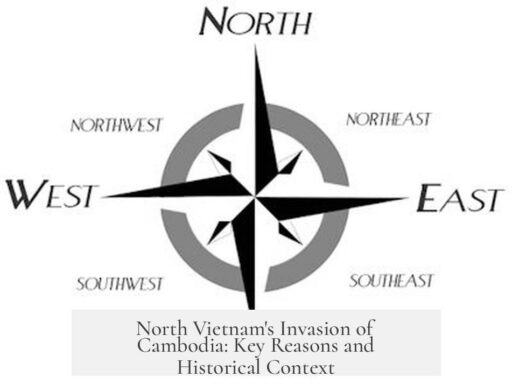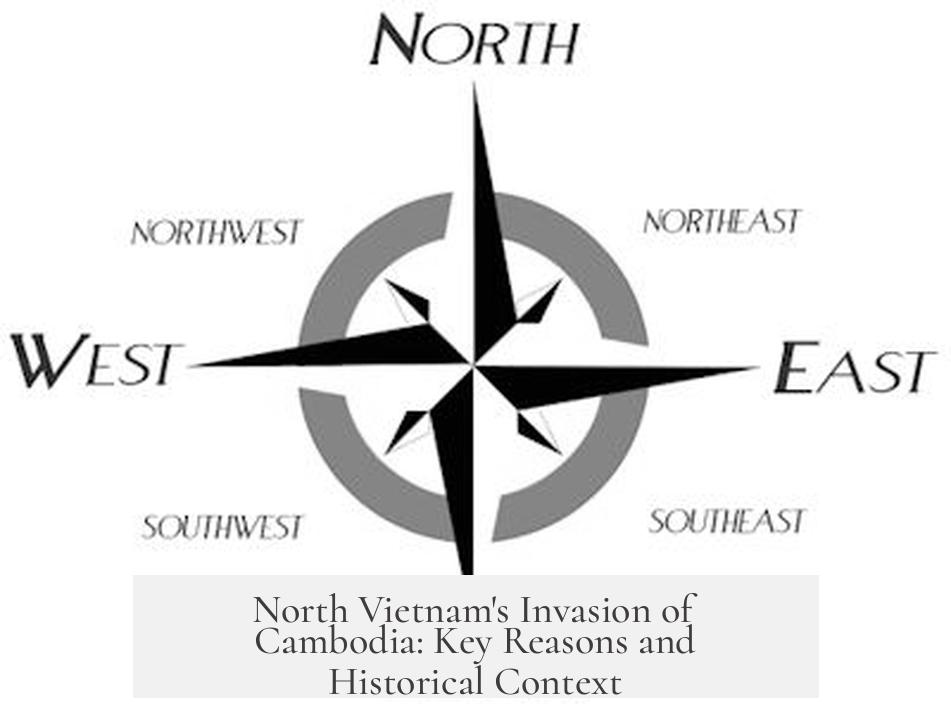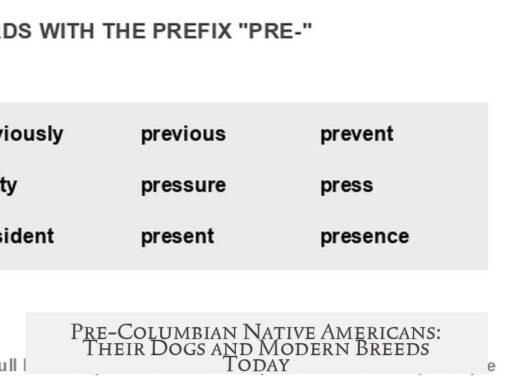North Vietnam invaded Cambodia in late 1978 primarily to end the Khmer Rouge regime, which had committed mass atrocities against both Cambodians and ethnic Vietnamese, and to secure its borders from continued Khmer Rouge attacks and incursions.
The Khmer Rouge regime, led by Pol Pot, had caused the deaths of nearly a quarter of Cambodia’s population from 1975 to 1978. North Vietnam viewed the regime not only as responsible for mass genocide but also as hostile and aligned with China, which complicated regional power dynamics amid the ongoing Sino-Soviet split. The Khmer Rouge repeatedly attacked Vietnamese border provinces, killing civilians and escalating tensions along the border. These assaults included massacres and incursions into Vietnamese territory throughout 1977 and 1978, provoking strong Vietnamese military responses.
Historically, tensions between Cambodia and Vietnam over territorial claims persisted, especially regarding the Mekong Delta and islands like Phú Quốc/Koh Tral. The Khmer Rouge claimed these were rightful Cambodian lands, further fueling border conflicts. Frequent border skirmishes began when Khmer Rouge forces occupied disputed islands; these disputes intensified with subsequent Khmer Rouge attacks on Vietnamese villages along the border.
- On April 30, 1977, Khmer Rouge forces launched a major attack, massacring hundreds of Vietnamese civilians.
- In December 1978, the Khmer Rouge’s Kampuchea Revolutionary Army fired on Vietnamese southwestern border provinces with intentions to invade.
Initial Vietnamese military responses in 1977-78 focused on reprisal strikes without a full invasion, aiming to force Cambodia to negotiate border agreements. However, the Khmer Rouge leadership refused to engage and intensified purges against Vietnamese-trained cadres within their ranks. These internal purges reflected deep mutual distrust. The Khmer Rouge feared Vietnamese dominance in an imagined Indochinese federation and saw their regime as resisting Vietnamese subordination.
The failure to resolve border disputes peacefully prompted North Vietnam to shift strategy from limited retaliations to full regime change. By January 1978, Vietnamese forces withdrew from early incursions to better prepare for a sustained invasion aimed at ousting the Khmer Rouge government. This approach reflected a strategic calculation that only removing the hostile regime would guarantee border security and end the ethnic violence.
Vietnam’s invasion began in late December 1978 with a well-prepared military offensive. The campaign swiftly overthrew Pol Pot’s government by early 1979. Subsequently, Vietnam installed a new pro-Vietnamese government led by Hun Sen, who remains Cambodia’s prime minister today. The new government secured border agreements and cooperated closely with Vietnam, helping stabilize the region.
The intervention also ended the Cambodian genocide and enabled international aid to mitigate famine, which the Khmer Rouge regime had exacerbated. While the invasion was criticized by China and the United States, who supported the Khmer Rouge politically due to Cold War alignments, the Soviet Union backed Vietnam’s actions, reflecting the broader geopolitical contest between communist and capitalist blocs.
Relations between Vietnamese and Cambodian communists evolved from collaboration during anti-colonial struggles into rivalry and distrust. Vietnamese communists aimed for a Vietnam-led Indochinese federation. In contrast, Cambodian communists under Pol Pot vehemently opposed Vietnamese influence, contributing to escalating hostilities.
| Key Reasons for North Vietnam’s Invasion of Cambodia |
|---|
| Ending the Cambodian genocide perpetrated by the Khmer Rouge |
| Stopping Khmer Rouge border attacks and massacres of Vietnamese civilians |
| Removing a hostile, pro-Chinese regime hostile to Vietnam |
| Resolving long-standing territorial disputes over the Mekong Delta and islands |
| Preventing Khmer Rouge’s feared domination or preemptive attacks on Vietnam |
| Installing a politically aligned government in Cambodia to ensure regional stability |
In brief, North Vietnam’s invasion of Cambodia was driven by intertwined motives involving security concerns, humanitarian factors, historical territorial disputes, ideological conflicts, and geopolitical strategy. The sustained Khmer Rouge attacks and massacres provoked both preemptive and retaliatory military responses. The failure of negotiations and border agreements pushed Vietnam toward regime change as the only viable solution to secure peace along its western frontier.
- The Khmer Rouge’s genocidal rule and border attacks triggered Vietnam’s intervention.
- Territorial claims and border disputes inflamed tension between the countries.
- Vietnam shifted from limited retaliation to full invasion aiming for regime change.
- The invasion ended genocide and installed a pro-Vietnam Cambodian government.
- Cold War dynamics influenced international reactions to the invasion.
- Vietnamese-Cambodian communist relations deteriorated from cooperation to hostility.
Why did North Vietnam invade Cambodia in the late 1970s?
North Vietnam invaded Cambodia largely to stop Khmer Rouge attacks across the border. They also aimed to end the Cambodian genocide and remove Pol Pot’s regime, which killed millions of Cambodians.
How did border conflicts contribute to the invasion?
Khmer Rouge forces repeatedly crossed into Vietnam, massacring civilians. These attacks escalated tensions and prompted Vietnam to respond militarily to protect its borders.
Was regime change a key goal of Vietnam’s invasion?
Yes. Vietnam realized that only replacing the Khmer Rouge leadership would secure the border. They aimed to install a pro-Vietnam government in Cambodia to end hostilities.
What role did historical disputes over territory play?
The Khmer Rouge claimed parts of southern Vietnam, like the Mekong Delta and islands, as Cambodian lands. These territorial disputes fueled clashes and mistrust between the two countries.
Did geopolitical factors influence Vietnam’s decision to invade?
Yes, Cold War rivalries mattered. Cambodia was allied with China, while Vietnam was aligned with the Soviet Union. This split increased tensions and shaped regional conflicts.
How did Vietnam justify their invasion internationally?
Vietnam cited Khmer Rouge atrocities against ethnic Vietnamese and the need to stop a genocide. They also highlighted the unstable Cambodian regime and risks to regional security.




